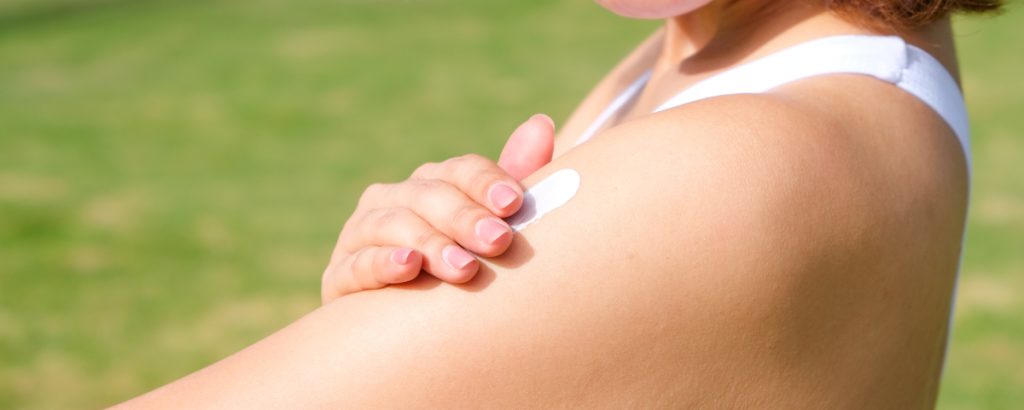As we bask in the warmth of the sun on a clear summer day, one question inevitably arises: are the sun’s rays a blessing or a curse for our skin? The sun’s radiance is a paradox, offering both vital benefits and lurking dangers. In this article, we delve into the enigmatic realm of UV rays, exploring their dual nature as a source of nourishment and a potential threat to our skin’s health.
What are UV Rays?
Ultraviolet (UV) rays are a type of electromagnetic radiation emitted by the sun. They are invisible to the naked eye, yet their effects are profound. There are three types of UV rays: UVA, UVB, and UVC.
- UVA rays, the least energetic but most prevalent, penetrate the skin’s deeper layers, causing premature aging, have the potential to alter the texture of skin, and contribute to skin cancer.
- UVB rays, partially absorbed by the ozone layer, primarily affect the skin’s outer layers, leading to sunburns and skin cancer.
- UVC rays are the most potent but fortunately, they are absorbed by the Earth’s atmosphere and do not reach us.

Benefits of UV Rays for Skin
Paradoxically, controlled exposure to UV rays can provide several benefits for the skin.
- Vitamin D Synthesis
When UVB rays interact with the skin, they trigger a process that leads to the synthesis of vitamin D. This essential vitamin plays a crucial role in maintaining bone health, supporting the immune system, and regulating mood.
- Treatment of Skin Conditions
UV radiation, particularly UVA and UVB rays, has been used for decades to treat various skin conditions, including psoriasis, eczema, and vitiligo. Phototherapy, a controlled medical procedure, exposes affected skin to UV rays, alleviating symptoms and promoting healing.
- Enhanced Mood
Sunlight exposure triggers the release of serotonin, a neurotransmitter associated with mood elevation and a sense of well-being. Sunlight, including UV rays, can potentially help combat seasonal affective disorder (SAD) and depression.
- Strengthening the Skin Barrier
Moderate sun exposure has been linked to the stimulation of certain skin cells that contribute to a stronger skin barrier. This can lead to better moisture retention and protection against external irritants.
Harmful Effects of UV Rays on Skin
While UV rays offer advantages, their detrimental impacts on the skin cannot be overlooked.
- Premature Aging
UVA rays penetrate deeply into the skin, damaging collagen and elastin fibers. Over time, this leads to the loss of skin elasticity, fine lines, wrinkles, and age spots.
- Sunburn
UVB rays are responsible for causing sunburns, which manifest as redness, pain, and peeling. Prolonged and repeated exposure can increase the risk of skin cancer.
- Skin Cancer
Perhaps the most alarming consequence of UV rays exposure is the increased risk of skin cancer. UV rays damage DNA within skin cells, often leading to uncontrolled cell growth and the formation of malignant tumors.
- Weakening of the Immune System
UV rays suppress the immune system’s ability to fight off certain infections. This can exacerbate existing skin conditions and make the skin more vulnerable to pathogens.
- Eye Damage
Prolonged exposure to UV rays can lead to damage to the eyes’ delicate tissues, contributing to conditions like cataracts and macular degeneration.

Conclusion
In the intricate dance between UV rays and our skin, the key lies in moderation and protection. While UV rays offer crucial benefits such as vitamin D synthesis, mood enhancement, and support for skin conditions, their harmful potential cannot be ignored. It is essential to strike a balance, embracing the sun’s positive aspects while safeguarding our skin against its detrimental effects.













